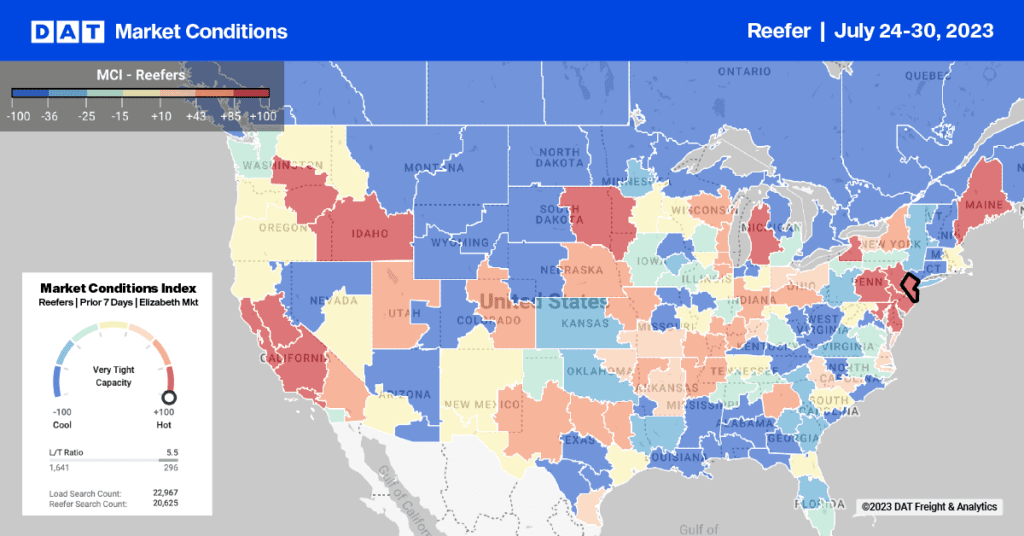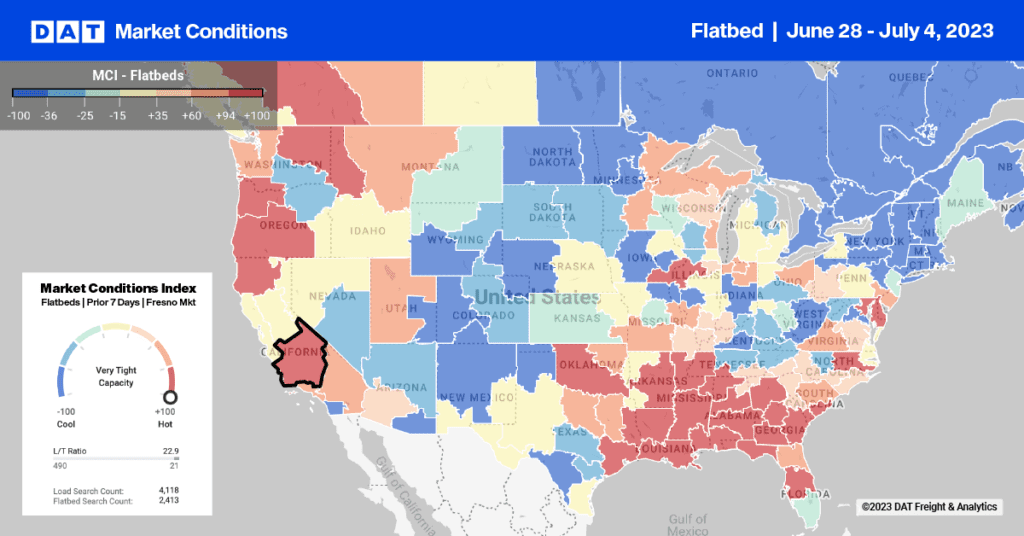Shippers tried some new tactics in 2011, in an effort to cut costs and streamline the supply chain. Some of the changes will likely persist and become trends; others were just one-time adjustments to an industry in transition. Here are a few supply chain twists that emerged in 2011:
Just-in-time for Christmas – Holiday freight arrived at West Coast ports in October 2011, which was several weeks later than expected. Retailers seemed reluctant to build inventory too early, but enthusiastic shoppers depleted store shelves in a post-Thanksgiving frenzy. The low-inventory strategy proved less-than-successful for some retailers, as chains such as Best Buy ran out of popular items weeks before Christmas. Next year’s retail orders will likely be larger.
Intermodal gets 5.4% boost – More freight is shifting to rail intermodal, which grew by an estimated 5.4% in 2011 – including a 13% year-over-year increase at Norfolk Southern Corp. (NSC) alone. Remodeled terminals and new double-stack rail cars are making room for additional expansion, as both NSC and CSX improved tunnel and bridge clearances to make way for the stacked containers. As more freight rides the rails, trucking companies will see an eventual reduction in average length of haul on interstate routes. The impact will be positive or neutral for certain segments of the trucking industry, however. Drayage, local delivery and short haul segments will likely increase faster than long hauls, and there will be minimal impact on the expedited, specialty and high-value freight that doesn’t typically do well on trains.

Illustration by Eric Savage of Savage Creative
Port expansion begins – Multi-year construction projects began this year at major ports. The goal is to replace aging infrastructure and improve capacity in advance of the widening of the Panama Canal, due for completion in 2014. East Coast and Gulf Coast ports should see an increase in traffic as soon as the 2012 holiday freight season, at the expense of West Coast ports, principally L.A. and Long Beach.
Spot market sees 36% growth – As noted in our blog the spot market is growing faster than trucking freight tonnage, and spot market rates led contract rates in an upward trend through the first half of 2011. Expect this trend to continue, as shippers and intermediaries hedge against rising transportation costs.
Cross-border trade tested – The Federal government resumed a stalled pilot program for Mexican trucks entering the U.S. It’s still running on a small scale, so there has been minimal impact on the market so far. Canada and the U.S. are each other’s number-one trading partners, and the value of the exchange grew by an estimated 11% in 2011.
The Road Ahead: Economic growth will boost rail and trucking
What’s ahead for trucking? Capacity shortfalls and higher rates could drive more freight onto the rails in the coming year, but further expansion of the economy should keep truck freight and rates on the road to continued growth in 2012.


